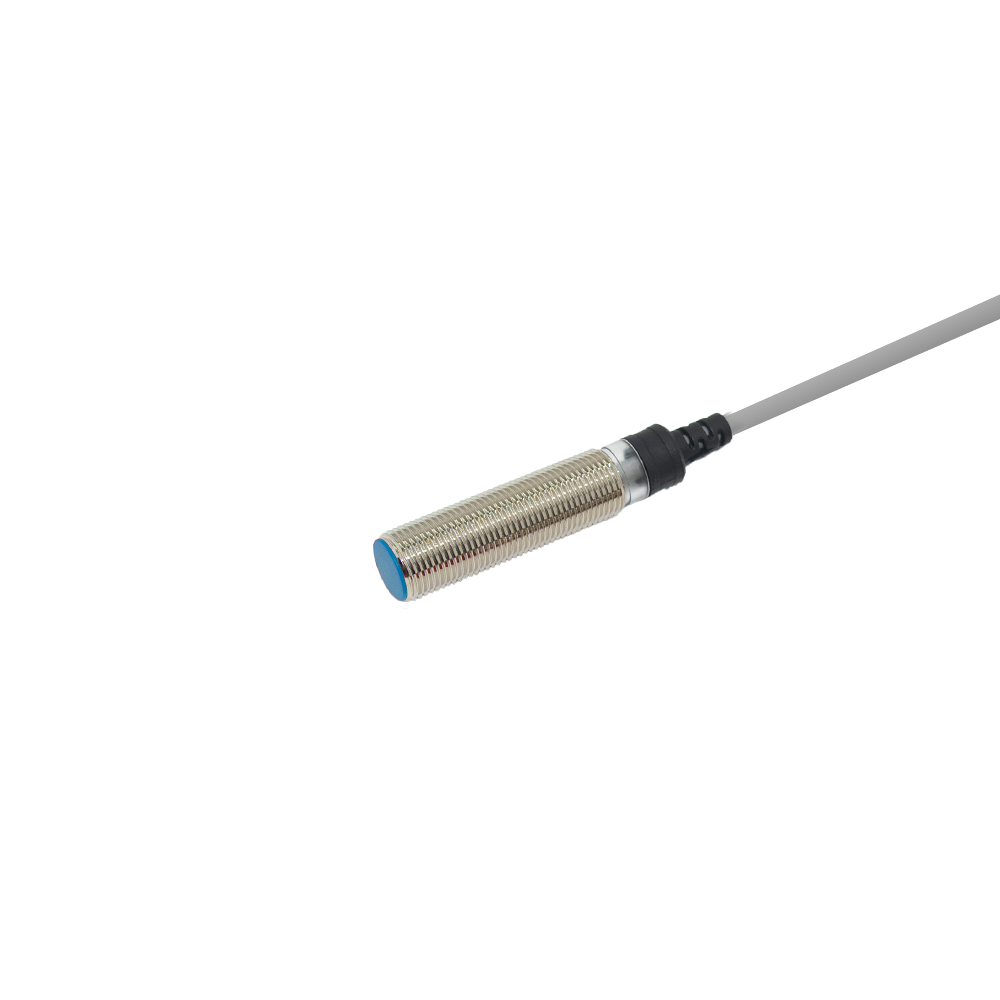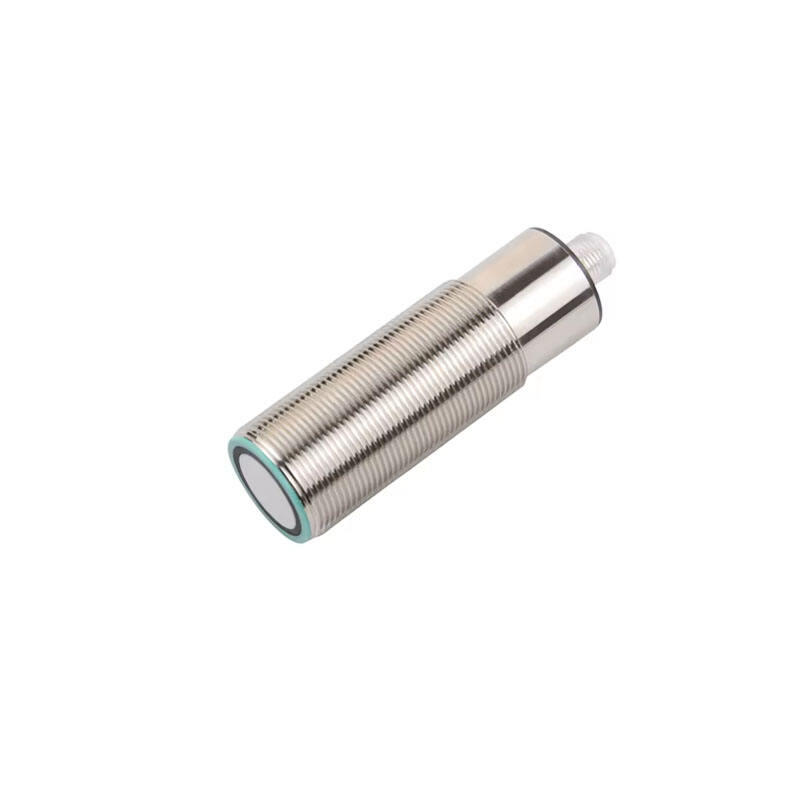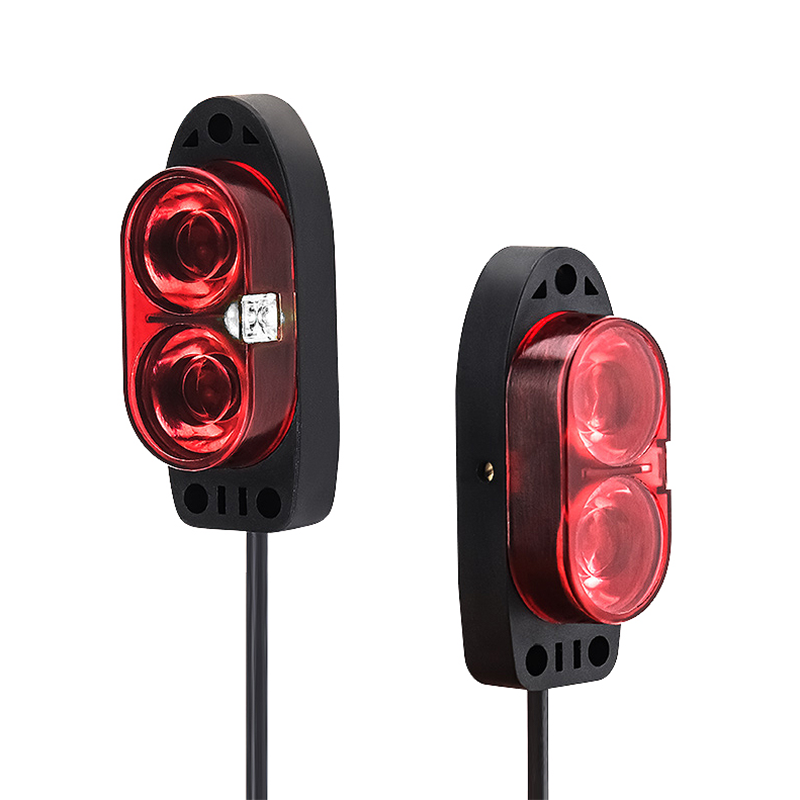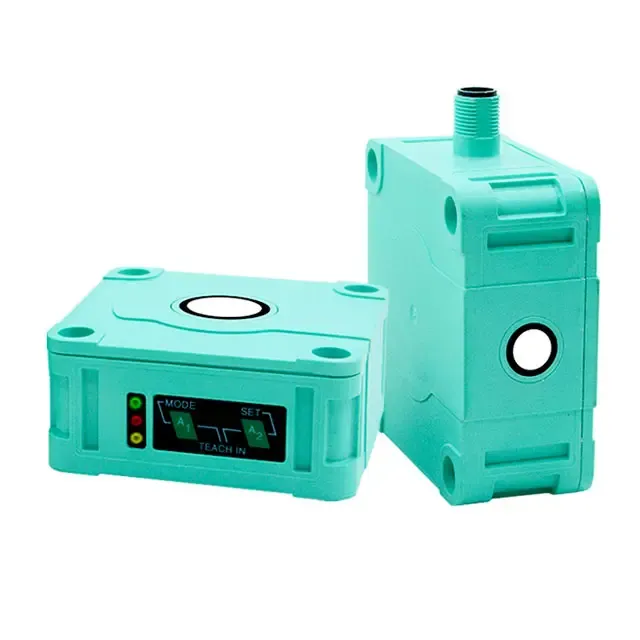photo sensor types
Photo sensors represent a crucial component in modern electronic systems, encompassing various types designed to detect and measure light intensity and convert it into electrical signals. The main categories include photodiodes, phototransistors, photoresistors, and photoelectric sensors. Each type serves specific functions while operating on different principles. Photodiodes offer rapid response times and high sensitivity, making them ideal for precision light detection applications. Phototransistors provide higher current output and better signal amplification, suitable for applications requiring enhanced sensitivity. Photoresistors, also known as Light Dependent Resistors (LDR), change their resistance based on light intensity, offering simple and cost-effective solutions for light detection. Photoelectric sensors utilize sophisticated technology to detect objects through transmitted or reflected light beams. These sensors find applications across numerous industries, from automotive safety systems and industrial automation to consumer electronics and medical devices. The technology continues to evolve, with newer variants incorporating advanced features such as integrated signal processing, digital output options, and improved environmental resistance. Modern photo sensors also include specialized types like RGB sensors for color detection and proximity sensors for distance measurement, expanding their utility in smart devices and IoT applications.









